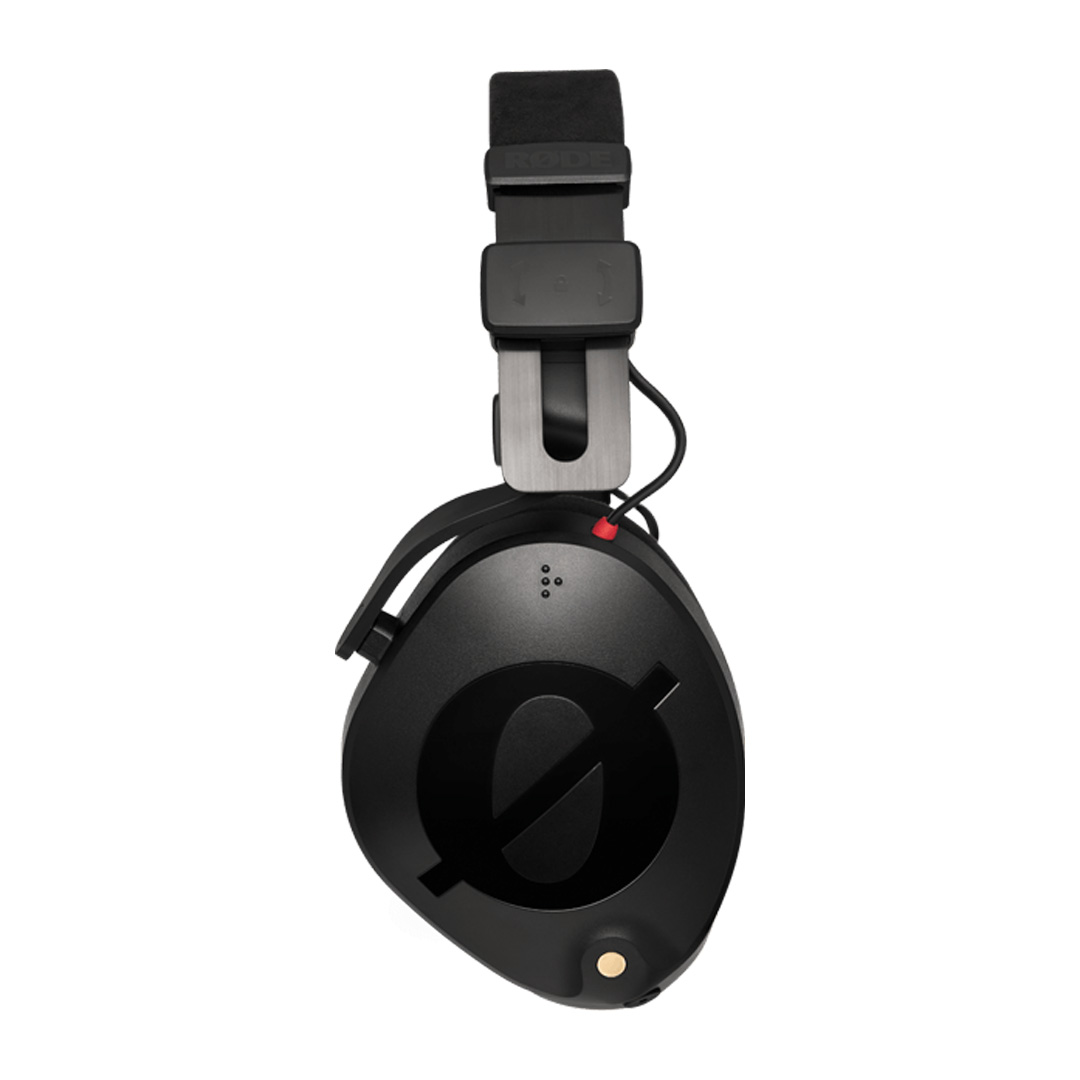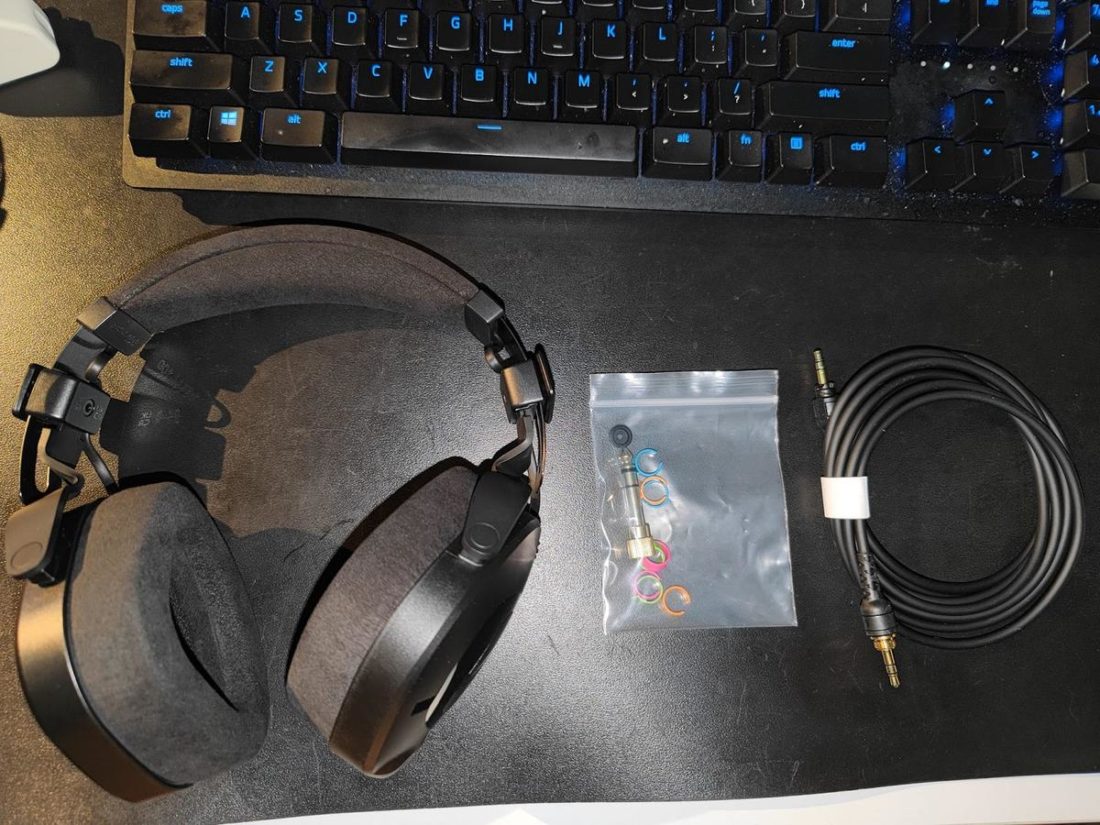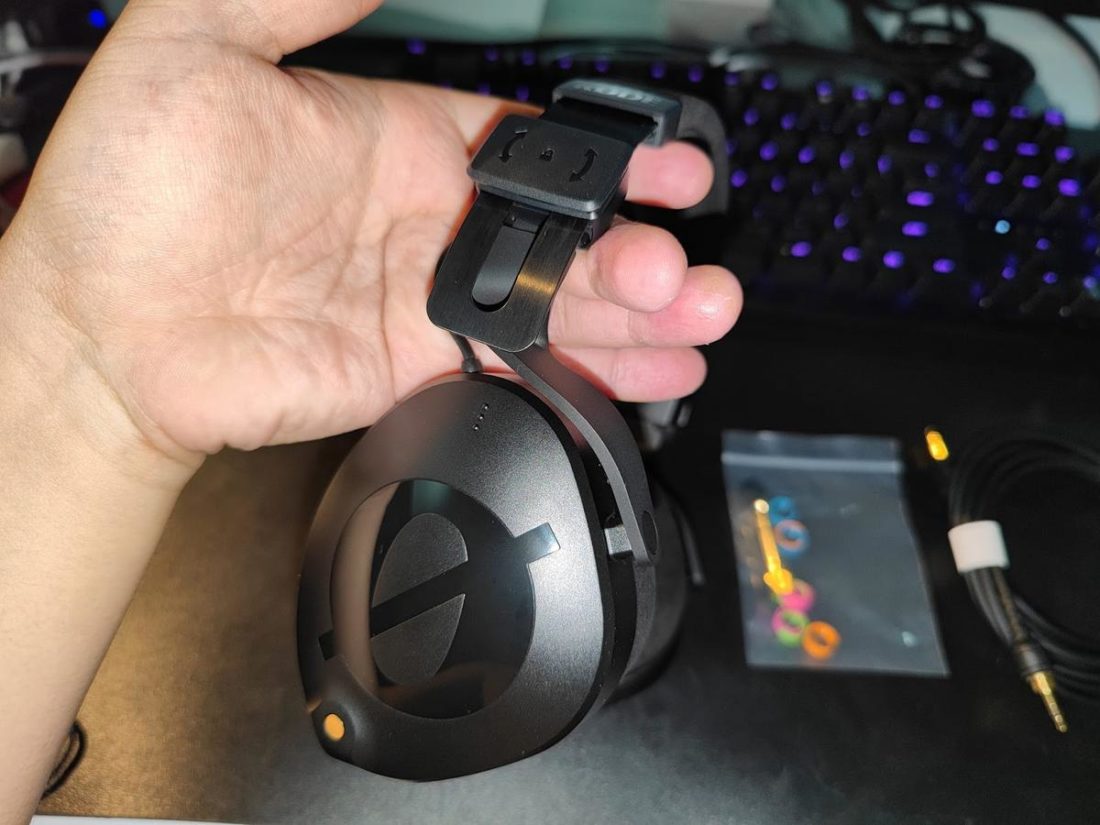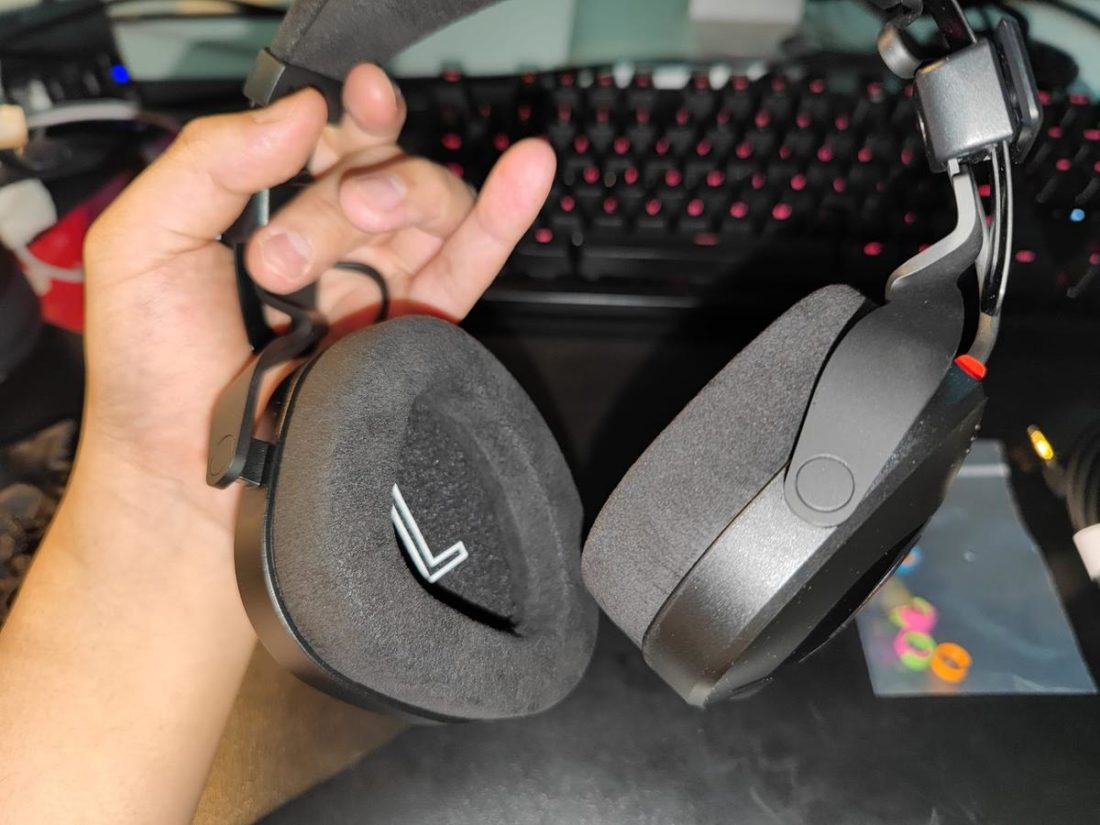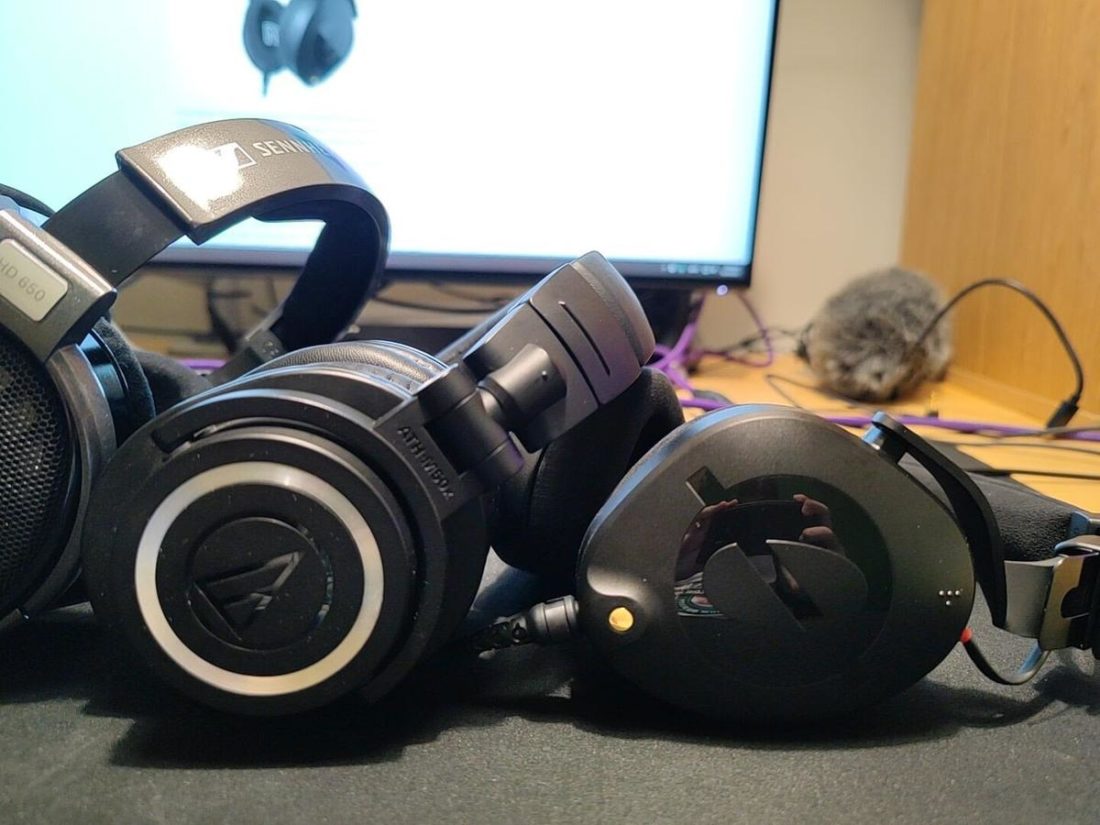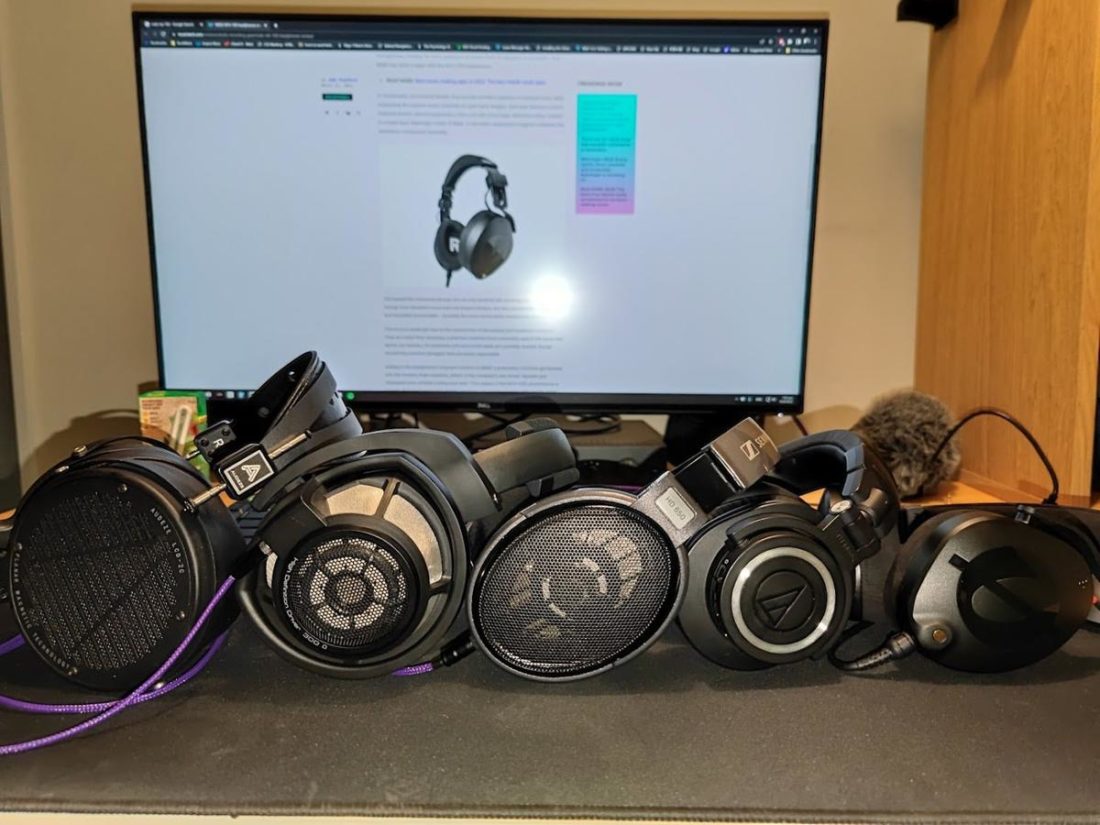I do a lot of events, photography, and some videography. In the release notes, the NTH-100 was marketed by Rode to be designed for professional videographers’ use. It is in the same price range as the legendary M50x – the videographers’ workhorse. I have used the M50x for several years now, and have mixed feelings about it, so this Rode definitely attracted my interest. Let’s dive right in to discuss the hits and misses of the NTH-100.
Size
A lot of the reviews online have commented on the NTH-100’s small size. However, when I looked at the product photos online, the NTH-100 looked big. I thought it was the same size as the HD650. But when you arrange all the headphones side by side, you realize that it is indeed small. The LCD-2C and HD800s are about 50% bigger, and HD650 is about 35% bigger. It is about the same size as the M50x.
Fit and Comfort
That said, I think the size of my ears is on the smaller side. So I don’t have a fitting issue with the NTH-100. Although, one of the things about the M50x which I disliked is the headband. I can’t wear the M50x for long. The headband clamps onto my head too tightly around the temples. On the other hand, the clamping force of the NTH-100 felt just right. The clamping force is sufficient to ensure it doesn’t slip up and down the head if I tilt my head downwards. HD800s headphones are bad when it comes to the clamping force because if I tilt my head downwards, the whole headband slides downwards as well. The cushy plush ear pads further make it such that the clamp on the ears near the temple region feels comfortable. The M50x padding sucks – it is thin and doesn’t provide much comfort. The headband of the NTH-100 is also adjusted via a “Fidlock” mechanism. This mechanism is such that once you adjust to the desired length, you can lock it up so that the headband is not accidentally adjusted on location. If using the HD800s, a light force is enough to tighten or loosen the headband. In summary, it is way more comfortable than the M50x.
Build Quality
Between NTH-100 and M50x, there is simply no competition in build quality. The M50x is outright plasticky. The NTH-100, in contrast, has solid metal headbands and much tougher plastic ear cups.
Cables
The choice of the cable material by Rode is an intentional one. It is sleeved with tangle-proof rubber. For video professionals shooting on location, you won’t want to have the cables tangle in your face. The design of the cable attachment to the ear cups is also a smart one. The cable is 3.5mm – 3.5mm. However, both ear cups have a 3.5mm outlet! This means you have the choice to connect the cable to the right ear cup or the left ear cup. If my equipment is on my right, I will connect to the right ear cup. If my equipment is on the left, I connect to the left. Smart move by Rode! The stock 3.5mm cable comes with a locking mechanism. When it is inserted into the ear cup, you can twist 90degrees to lock it. In this way, if shooting on location, you don’t have to worry about the cables coming off. The stock 3.5mm – 6.35mm adaptor is also a smart move by Rode. There are 2 types of 3.5mm – 6.35mm adaptors:
The usual type is the one whereby u just insert the 3.5mm into the adaptor. The other type is the one where it requires you to screw the 3.5mm into the 6.35 adaptor.
Rode has made the second version accessible, so you don’t have to worry about the 3.5mm ending coming out of the 6.35mm adaptor on shoots!
Sound Isolation
The NTH-100 ear cup envelops and swamps my ears completely. The sound isolation is awesome. The isolation felt like I was using an IEM. On the other hand, the M50x doesn’t cover my ears completely. The internal area in the ear cups where my ears are supposed to go in is smaller in size compared to that of the NTH-100.
Sound Quality
Overall as per what Rode stated on its website, it is neutral. It certainly doesn’t sound very V-shaped. One thing which I don’t really like about the M50x is the boost to the bass which felt artificial at times. Take for example, when you watch an explosion scene in the movie, the M50x produces a booming sound that sort of shocks your ears, jarring your movie-watching experience. The bass of the NTH-100, in comparison, is more balanced and natural. The details retrieval is great too on the NTH-100.
Negatives
At the moment, the key negative point I can think of is the lack of clarity in vocals. Sounds a bit like something covering the mouth. I suspect this is due to it being closed back? I think critical listeners may not like that the NTH-100 doesn’t sound crisp, doesn’t sound crystal clear – essentially, a case of fuzzy vocals. As mentioned earlier, I am already running it with the D90SE and A90, which are supposed to deliver clarity, but the fuzziness can still be heard. When comparing the NTH-100 with the HD650, the bass and mids sound roughly the same, however, the HD650 still shines brighter in terms of the clarity of the vocals. Let’s just say, HD650 is simply a lot clearer. This lack of clarity may lead people to feel that it is not good for music. That being said, it sounded analog and not digital.
Where to Buy
Official Website
Conclusion
I am confident enough to throw the M50x away now that I have this NTH-100.
